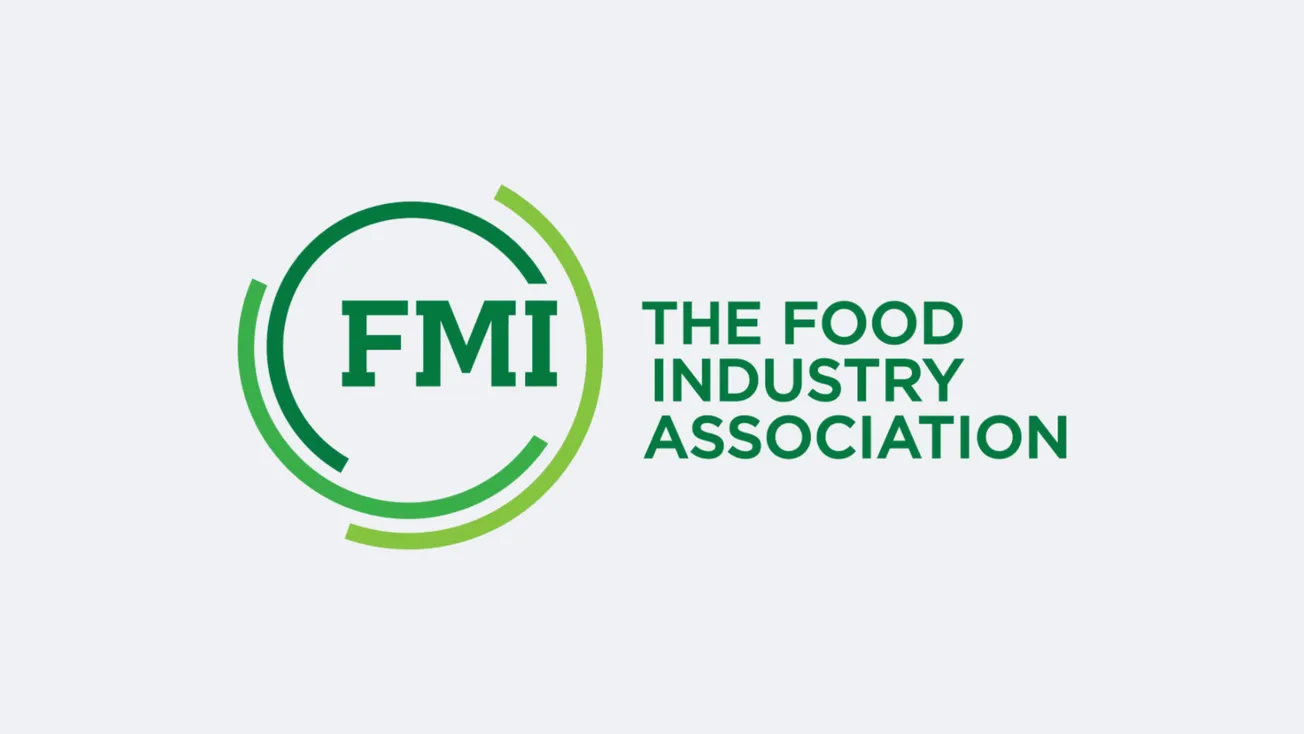NEW YORK — Walmart, Costco Wholesale Corp., Walgreen Co., CVS Caremark Corp., Drugstore.com and FreshDirect have agreed to provide unit pricing online through an initiative with the New York attorney general’s office.
Walmart, Costco Wholesale Corp., Walgreen Co., CVS Caremark Corp., Drugstore.com and FreshDirect have agreed to provide unit pricing online through an initiative with the New York attorney general’s office.
 |
In what New York Attorney General Eric Schneiderman called a first, the agreement calls for the six food and drug retailers to make unit pricing available on their websites and mobile applications within nine months.
Schneiderman noted that unit price information will help online consumers comparison shop across a variety of brands and pricing options.
"As the Internet becomes the shopping mall of the 21st century, we need to ensure that consumers have the same robust protections online that they do in brick-and-mortar stores," Schneiderman said in a statement Tuesday. "Making New York more affordable for the middle class includes empowering consumers to spend their money wisely. This agreement, in which government and the private sector worked collaboratively to adapt conventional rules to an evolving marketplace, is a victory for consumers. I commend these retailers for recognizing the need for transparency and promoting openness online."
According to Forrester Research, online grocery sales are projected to reach $21 billion a year nationwide by 2016. However, unit pricing information online has been rare, with full availability of unit pricing — among large retailers — limited to online grocer Peapod, a unit of Ahold, the New York attorney general reported.
Under the agreement, Walmart and Costco will provide unit pricing information on their websites and mobile stores nationwide by the end of this year. Plans call for CVS, Walgreens, Drugstore.com (a unit of Walgreens) and FreshDirect to provide unit pricing online by next March.
All of the retailers also agreed to continue providing unit pricing to consumers in the future, including any online stores they create.
The chief benefit of unit pricing is that it allows consumers by to quickly compare prices of different items regardless of quantity, manufacturer, packaging size or discounts, the New York attorney general’s office noted. For example, one product category, such as breakfast cereal, can feature a wide array of sizes and packaging combinations from a range of competing brands. The unit price combines those factors and gives the price per ounce, generally displayed next to the retail price, allowing consumers to make better and faster choices.
"FreshDirect is an industry leader, and we were pleased that the attorney general asked us to lead the charge to upgrade information to enhance customer knowledge in the online fresh food sector," Jodi Kahn, FreshDirect’s chief consumer officer, said in a statement.
Nineteen states and the District of Columbia have some type of unit pricing requirement. New York law requires that large retail stores clearly display the price per unit of measurement for most types of food, cleaning and paper products, toiletries, pet food and over-the-counter medications.
The New York attorney general’s office noted that online retail giant Amazon refused to participate in the initiative. The office said that Amazon displays unit pricing on some of its pages but doesn’t provide the information uniformly across its platforms. Amazon’s subsidiaries also don’t currently display unit pricing, and the company said it would extend unit pricing to its subsidiary Quidsi, which operates online stores like Soap.com, but refused to commit to that step in a written agreement, according to Schneiderman.





